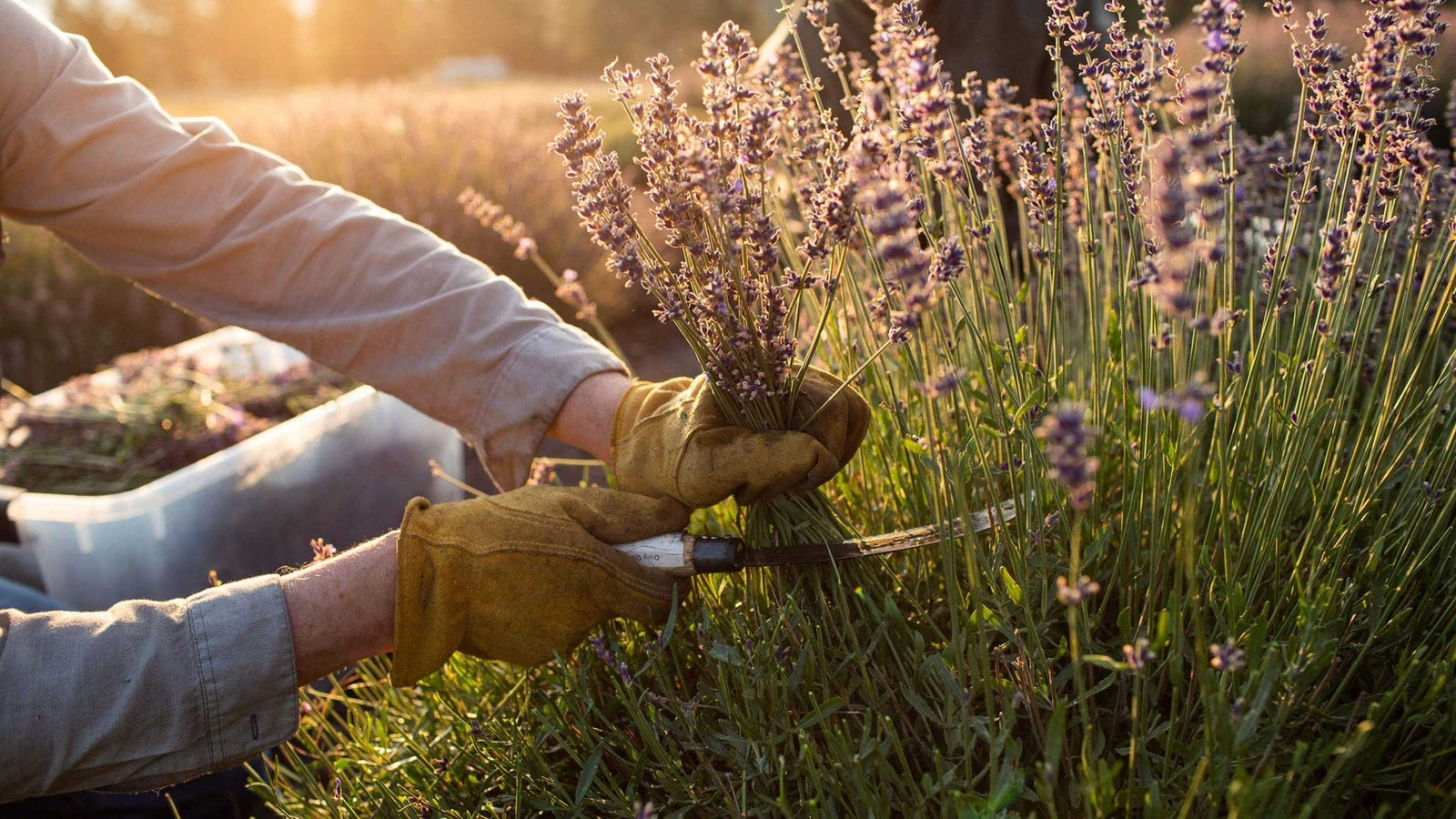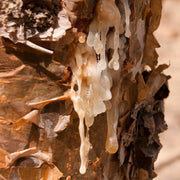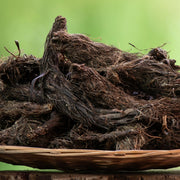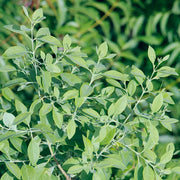Essential oil sustainability: What you need to know

Essential oil sustainability: What you need to know
When it comes to essential oils, what’s best for your wellness often supports what’s best for the plants and planet.
Positive environmental impacts of using essential oils
Essential oils offer natural solutions that can help you eliminate toxic household chemicals. The Environmental Working Group studied more than 2,000 everyday household products. They found that many contain toxic ingredients that can trigger asthma and allergies, irritate your skin, disrupt hormones, increase your exposure to carcinogens, or all of the above. In addition, every time you wash these products down the drain they enter our waterways, threatening fish and wildlife. Using natural products like essential oils can help eliminate or reduce these impacts.
Here are just a few examples:
Parabens
Parabens are a type of preservative found in many beauty and skincare products that can mimic estrogen in the body, wreaking havoc with your hormones and affecting thyroid function. These chemicals have been found in fish and other aquatic animals, where they can cause reproductive, behavioral, and immune disorders. Making your own skincare products using essential oils can help you eliminate these chemicals from your household and reduce their presence in our environment. Plus, many essential oils have incredible anti-aging and healing effects.
DIY SKINCARE RECIPES TO TRY
Phthalates
Phthalates are used to help products hold their color or scent and are included in a long list of products like air fresheners, cleansers, dish soap, and sometimes even toilet paper. They are usually listed product labels with the generic term “fragrance.” Phthalates can cause endocrine disruption and developmental, reproductive, and neurological damage. Like parabens, they have been detected in fish, where they can result in infertility and reproductive issues. It’s simple and fun to create your own household products that are safe and all-natural.
GIVE THESE HOME SOLUTIONS A TRY
There are many more examples of harmful chemicals hiding in everyday products, but the bottom line is that going all natural is best for your health and the health of our planet.
For more natural swaps and tips, see our Guide to All-Natural Cleaning.
Get the GuideSustainability challenges for some plant species
Increased demand is putting stress on some plant species.
As essential oils have gained popularity, demand is on the rise, putting a strain on some plant species. Without attention to sustainability, these species could continue to dwindle to the point of extinction. Luckily, many consumers and essential oil companies are deeply invested in ensuring a stable future for essential oils and the plants they are distilled from. By learning more about using essential oils ethically and sustainably, you can be part of the solution and help protect plants, ecosystems, and economies around the globe.
All essential oils start their lives as plants. Essential oils are derived by distilling large quantities of plant materials down to incredibly potent essences.

Not all essential oils are equal. For some oils, it takes hundreds of pounds of plant material to create a single bottle of essential oil. Some essential oil-bearing plants are prolific and easy to cultivate, while others are more rare, finicky, or slow-growing. And the harvesting methods for some oils can cause stress that damages or kills the plant over time. All of these factors can lead to some plants ending up on the threatened list while others continue to flourish. And it’s part of what makes certain oils more costly, precious, and rare than others.

Here are a few examples that demonstrate why certain plant species are currently at risk.
Frankincense
Frankincense is one of the best known and most useful essential oils available. Since the oil comes from resin, it’s harvested by damaging the Boswellia tree’s bark so that sap will flow out of the plant. This process slowly damages the tree. In response to high demand, some growers overharvest, killing the trees in the process. These trees are difficult to replant. It takes skill and knowledge to ensure that the trees are correctly replanted so we can continue to enjoy this ancient and precious oil.


Aromatics International sources frankincense very carefully. We work with a distiller in Somalia who has a long history and deep knowledge of caring for Boswellia trees. He pays his workers competitive wages to ensure that caring for the trees is in their own best interest. Our lead distiller stays actively involved in the process to make sure that new trees are planted correctly, ensuring future crops.
Spikenard
Spikenard grows slowly, at high elevations in the mountains of Nepal. It is wildcrafted from its roots, which means the plant can’t individually regenerate after harvest. Spikenard is critical to the livelihood of many Nepalese mountain villages, who know how to keep a close watch on the plants and rotate their harvest areas to ensure continued crops and income in the future.
However, increased demand has opened a black market trade for spikenard, taking income away from the Nepalese and threatening the plants. The government has stepped in, requiring a Convention on International Trade in Endangered Species of Wild Fauna and Flora (CITES) certificate to import spikenard. The CITES certificate ensures that the product is authentic and that the plants are not overharvested. Aromatics International has active CITES certificates from the US and Nepalese governments to safely and responsibly import spikenard from Nepal. We’ve built a strong relationship with our spikenard distiller, who travels to the mountain villages in person each year, providing them with training, equipment, and support.


Sandalwood
Another example of a plant that’s been harmed by high demand is sandalwood. Sandalwood oil comes from the tree’s heartwood, which needs to be cultivated for thirty years or more. The tree favors particular climates and growing conditions, making them difficult to replant. Most sandalwood comes from India, where poaching and unsustainable harvesting practices can sometimes occur. To ensure a trusted, sustainable source of this oil, Aromatics International found a supplier in Australia who has demonstrated success in replanting sandalwood trees, allowing cultivation and conscious harvesting to replace the crop year after year.


These examples help paint a picture of how important sustainability is to the future of essential oils and aromatherapy.
Essential oil sustainability: What you need to know
Shop this Guide
Join Our Newsletter
Save 15% on your first order
Aromatherapy sent directly to your inbox. Receive tips, essential oil recipes, promotion alerts, live events and more. We look forward to connecting with you! *Exclusions apply.






